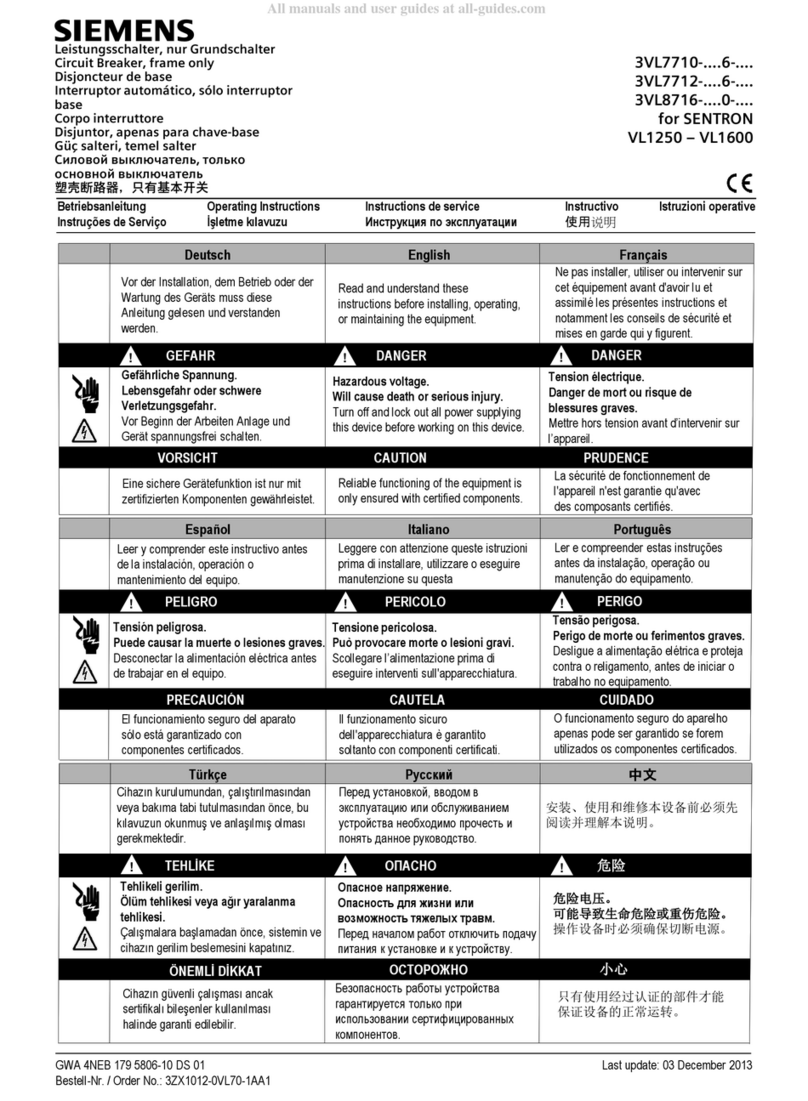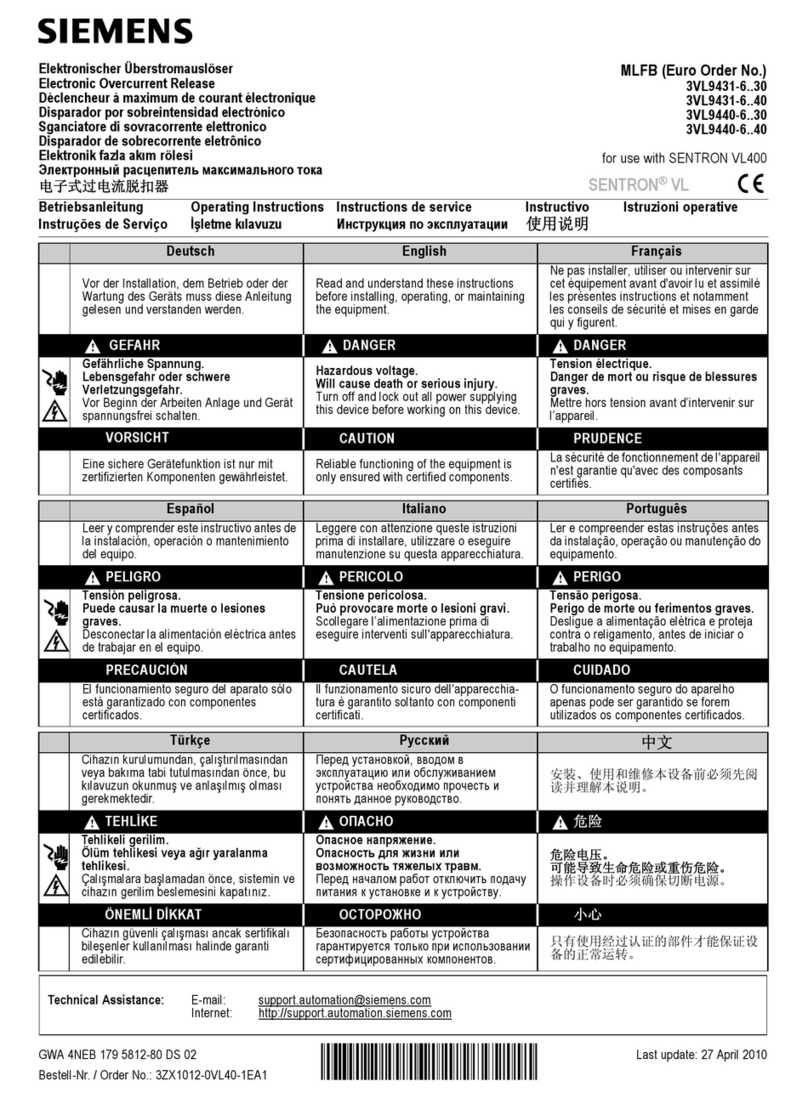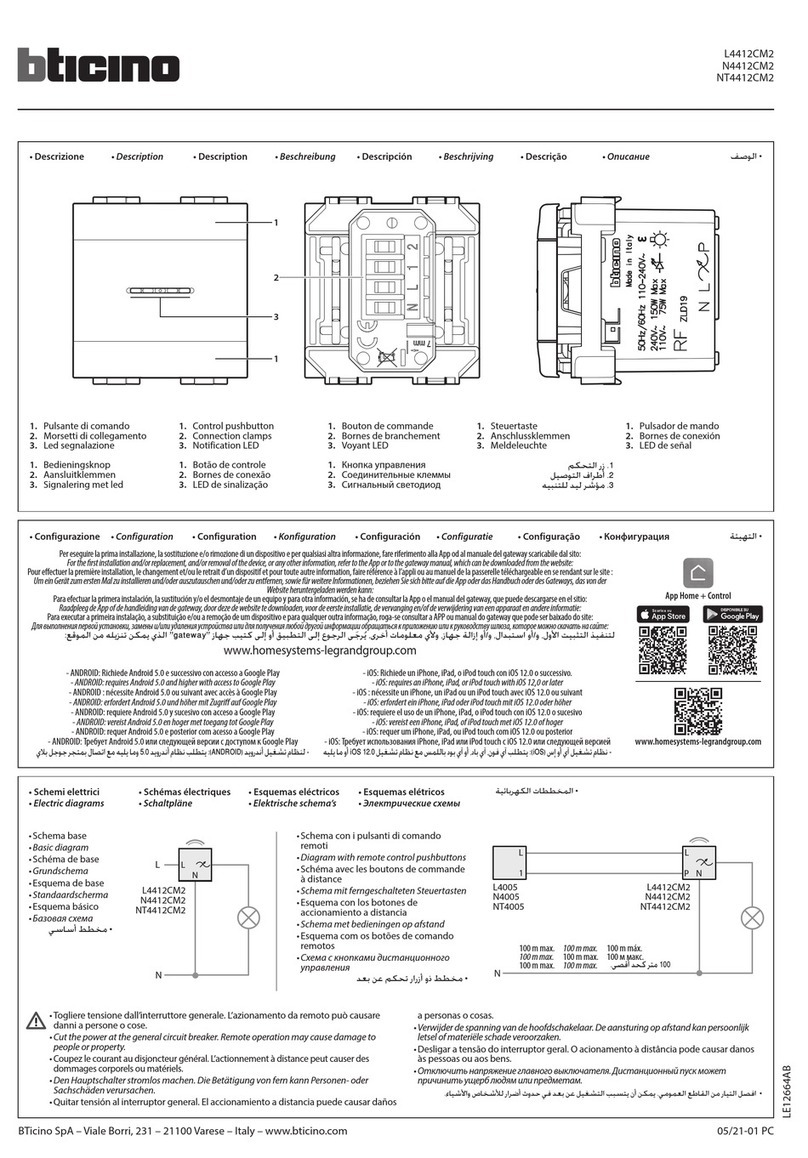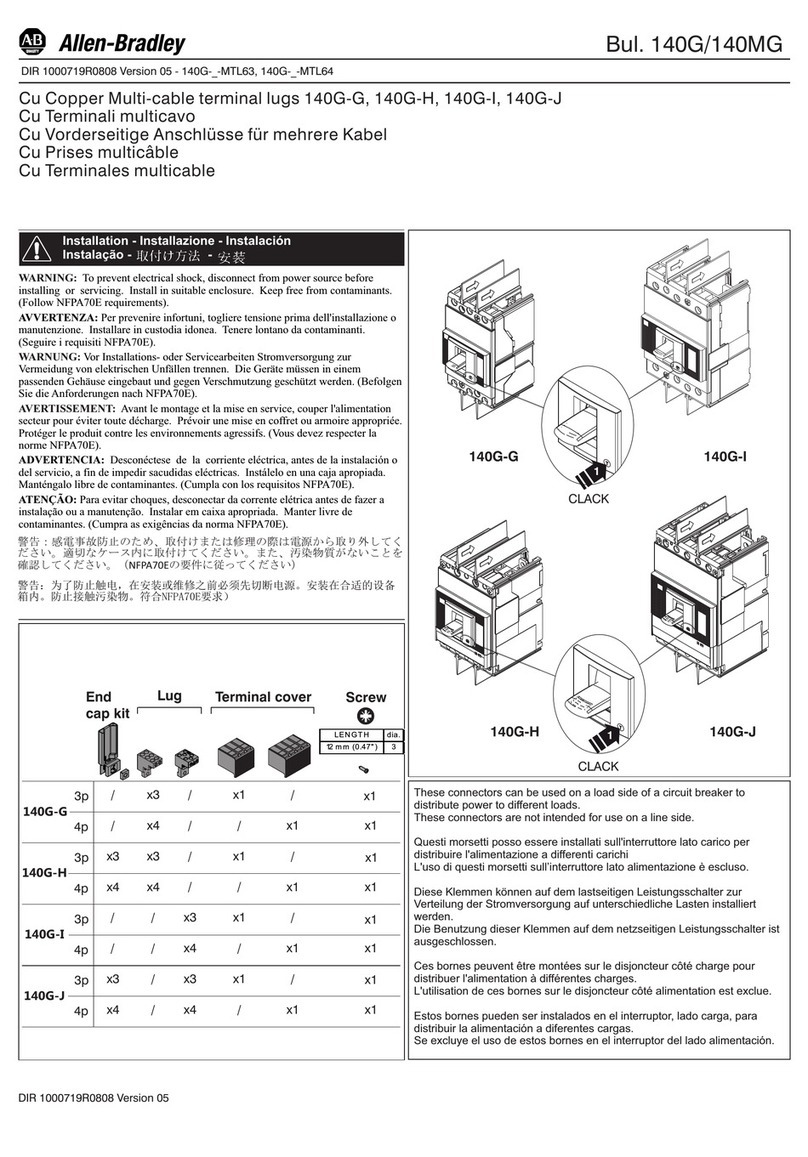Siemens GMI Series Owner's manual
Other Siemens Circuit Breaker manuals
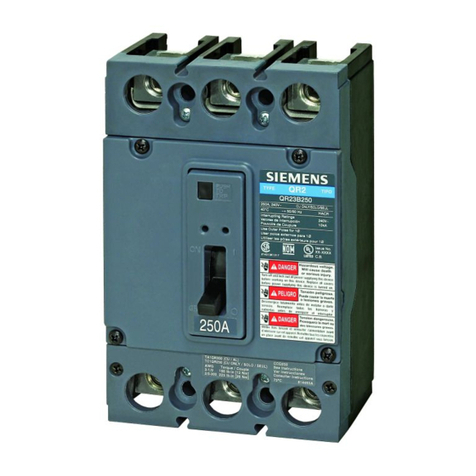
Siemens
Siemens QR2 User manual
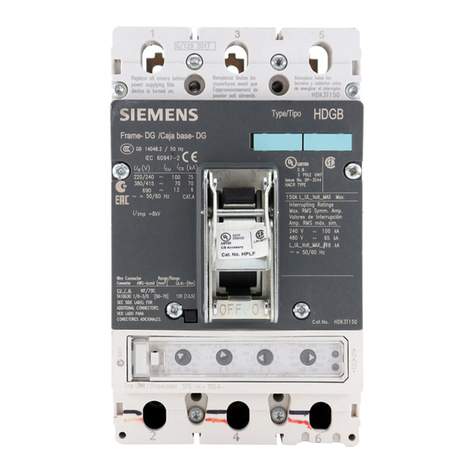
Siemens
Siemens DG User manual
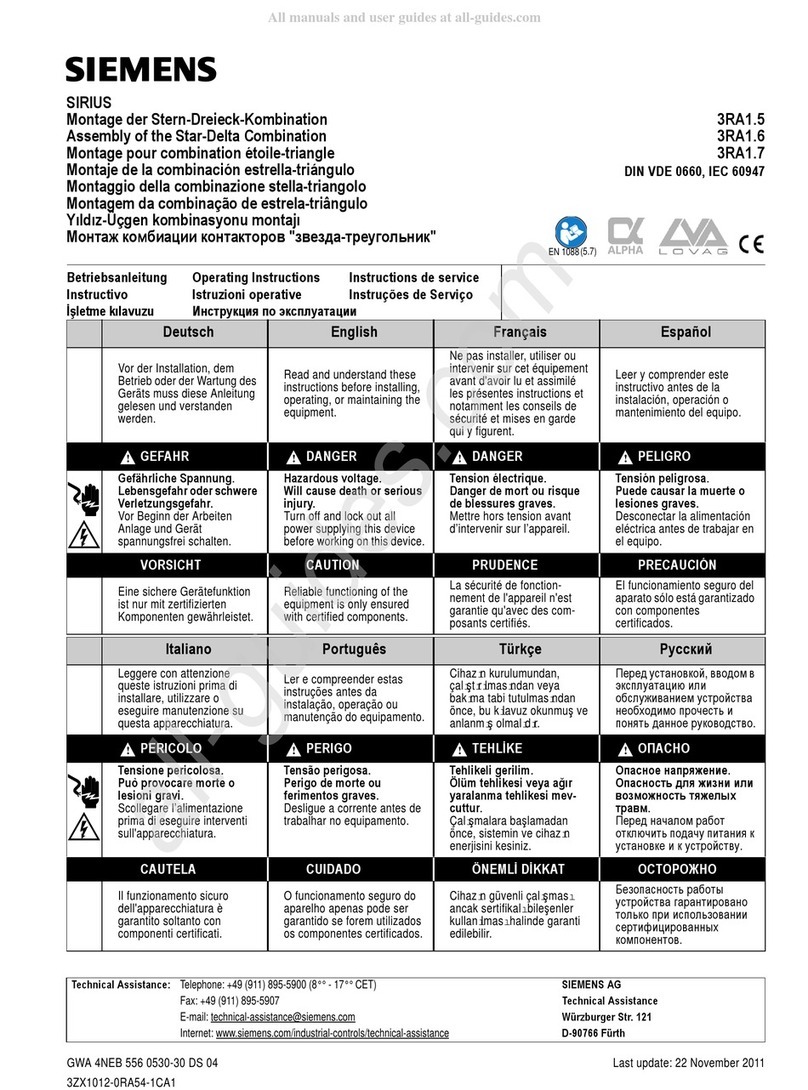
Siemens
Siemens SIRIUS 3RA1.5 User manual

Siemens
Siemens 3VA20-H 3 Series User manual
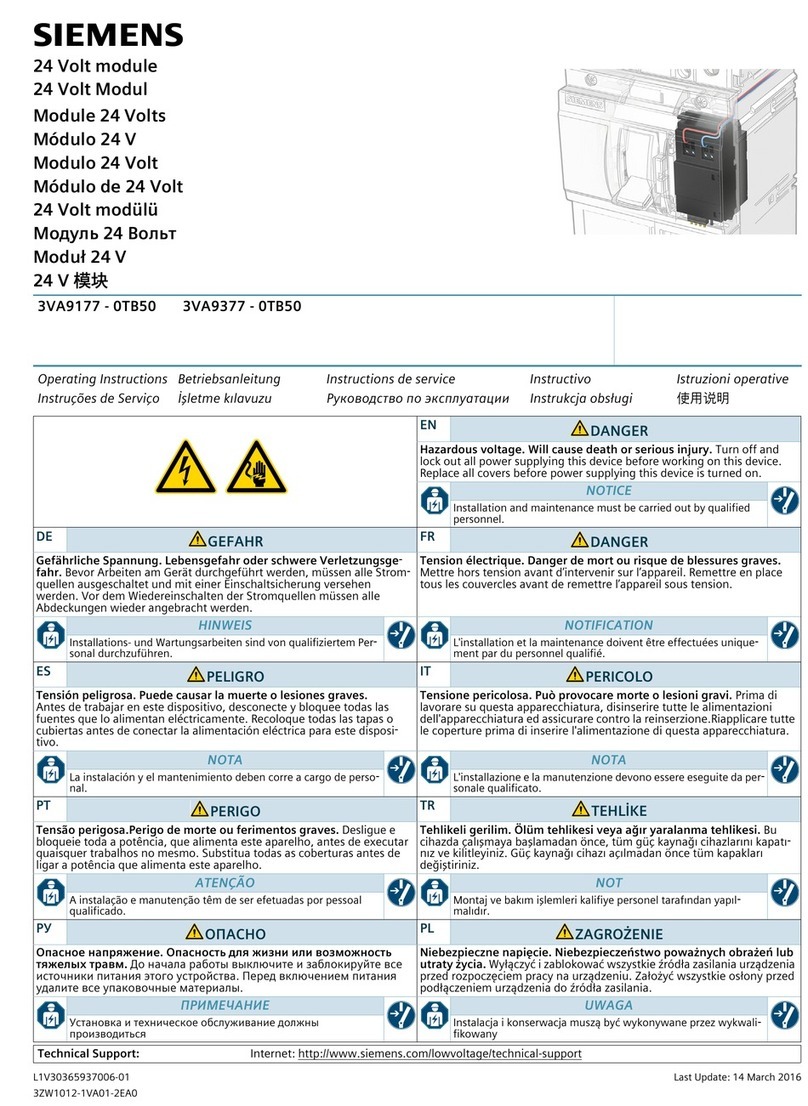
Siemens
Siemens 3VA9177-0TB50 User manual
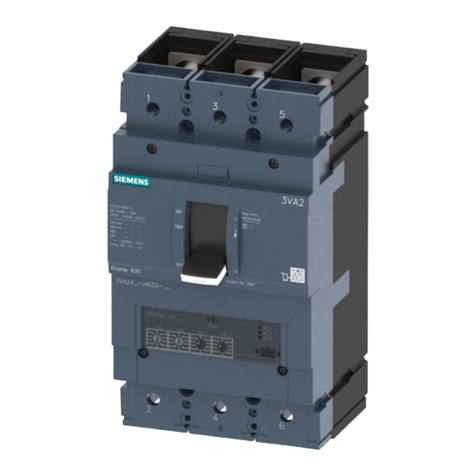
Siemens
Siemens 3VA23 H Series User manual

Siemens
Siemens 3VA63 H 1 Series User manual
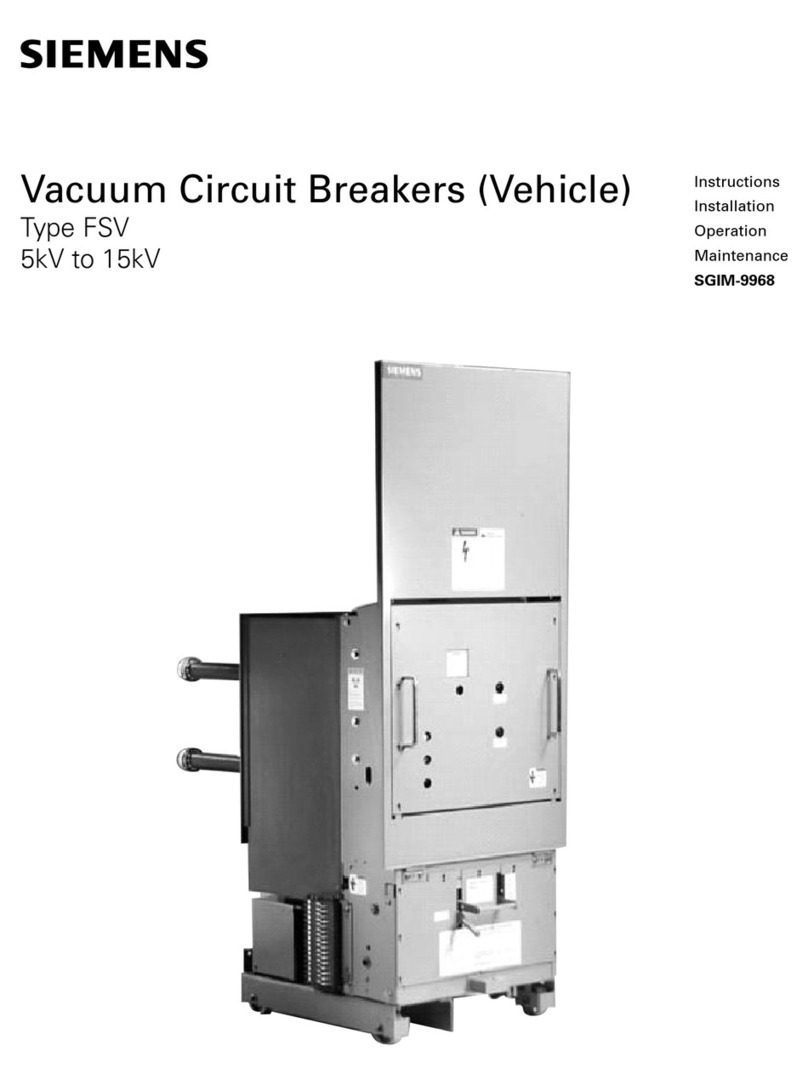
Siemens
Siemens FSV Programming manual
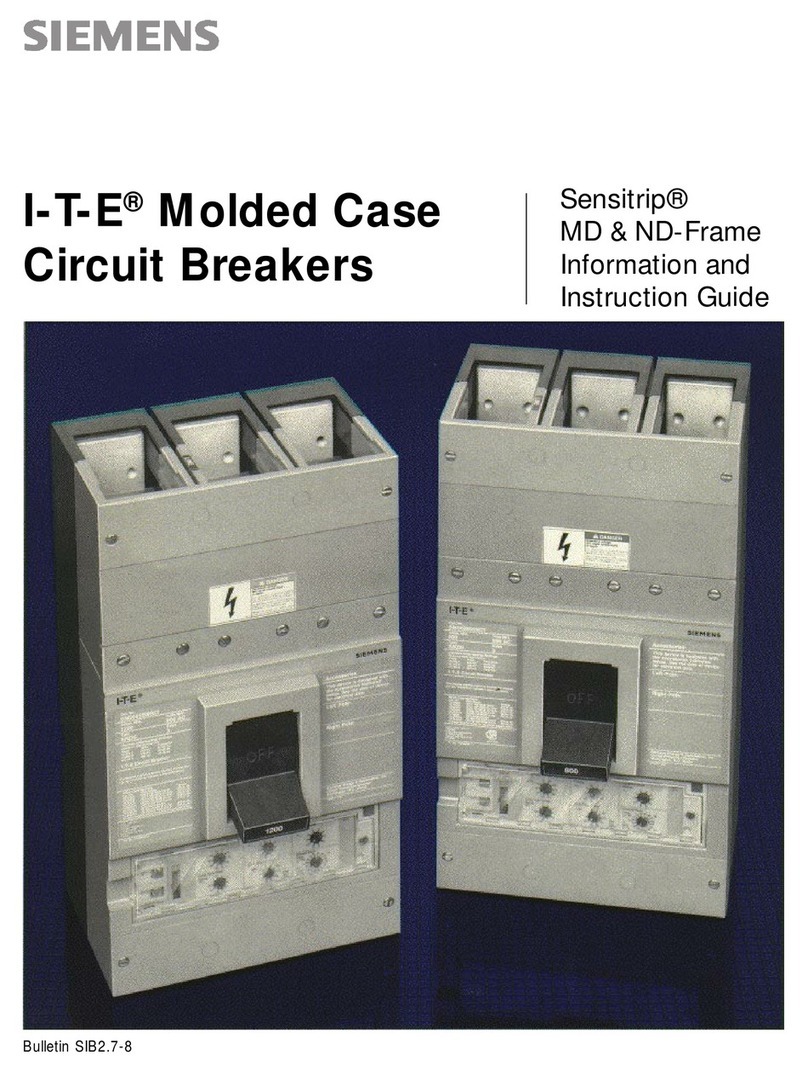
Siemens
Siemens I-T-E Sensitrip MD Series Owner's manual
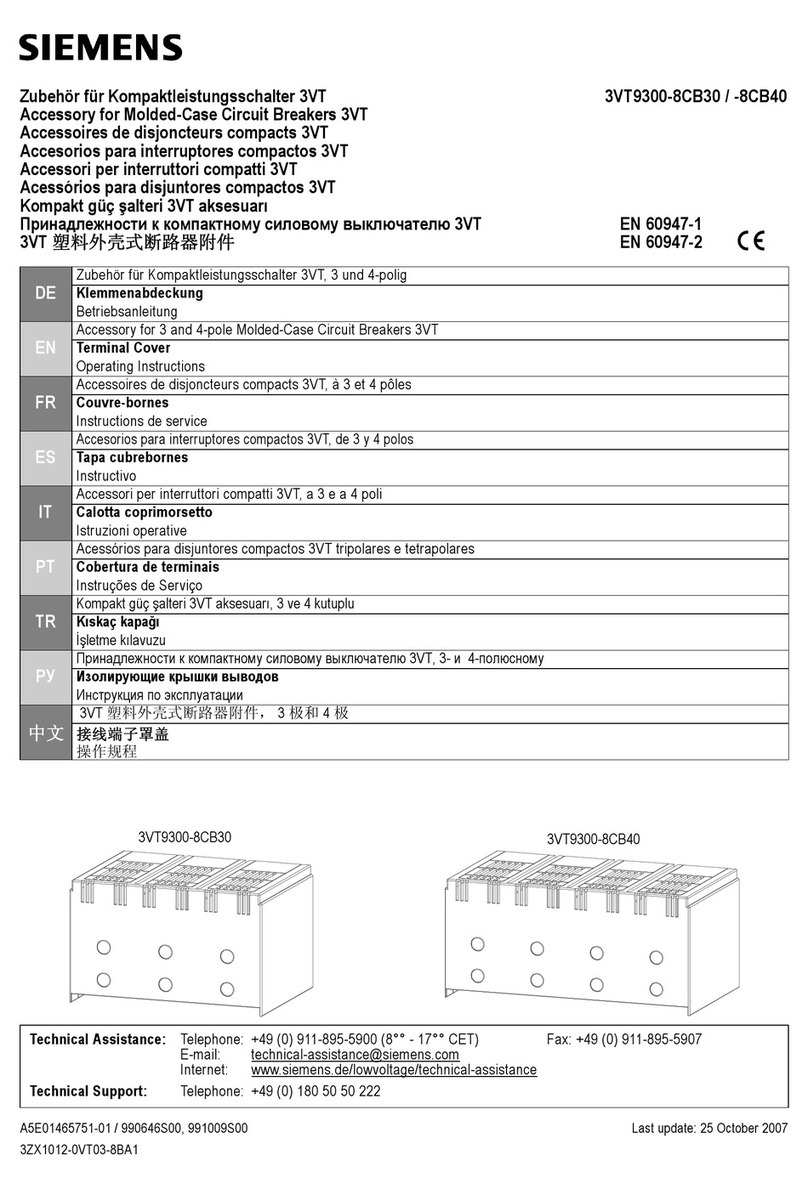
Siemens
Siemens 3VT9300-8CB30 User manual
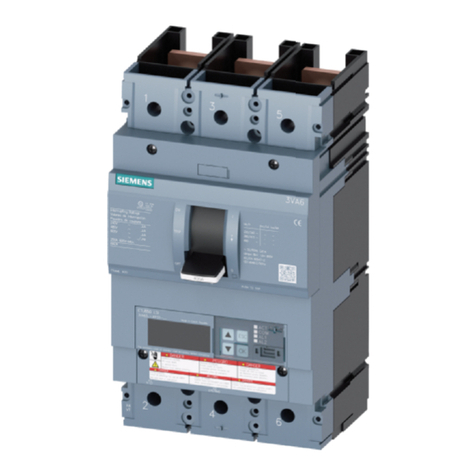
Siemens
Siemens 3VA63 Series User manual
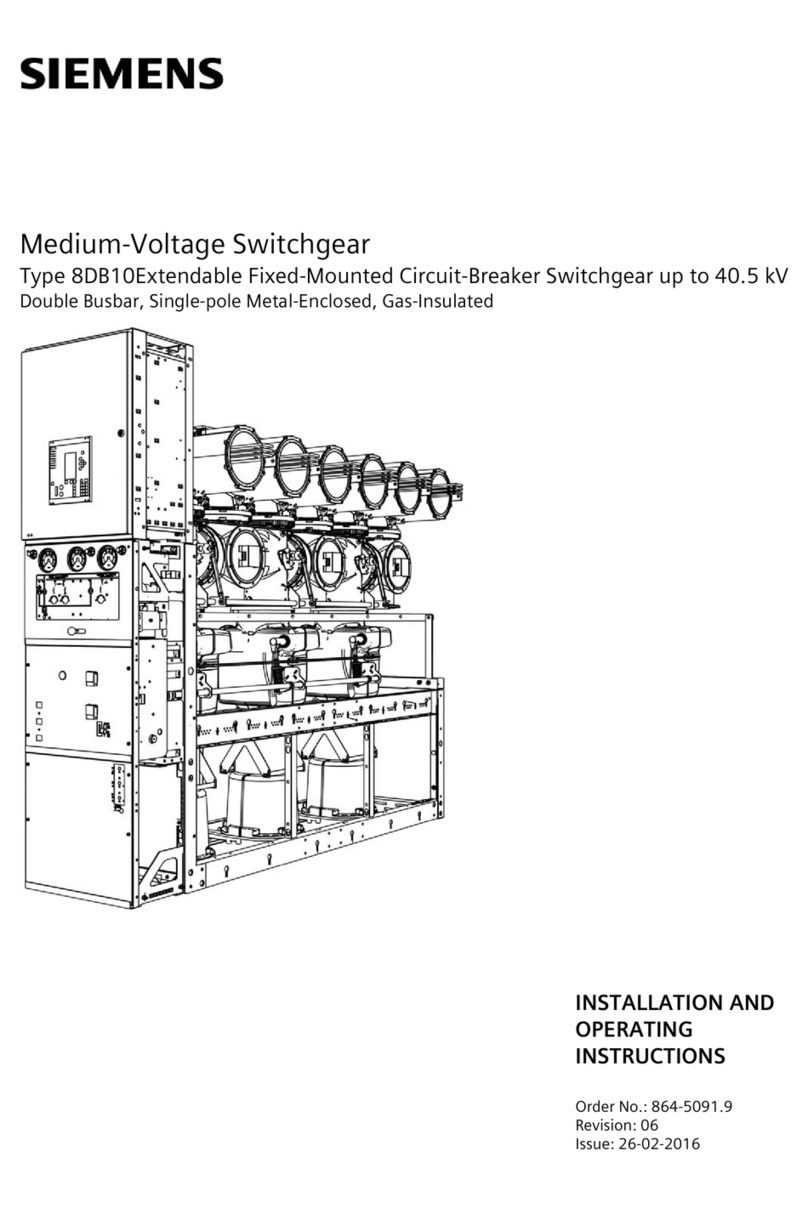
Siemens
Siemens 8DB10 User manual
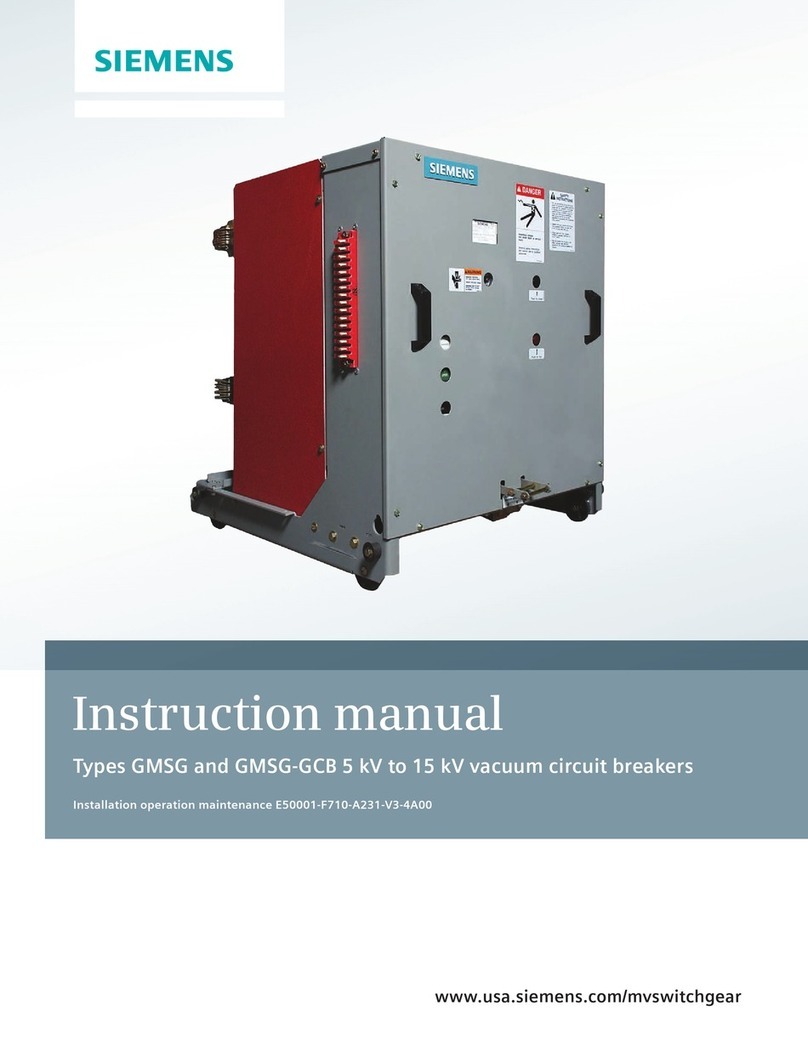
Siemens
Siemens GMSG-GCB User manual
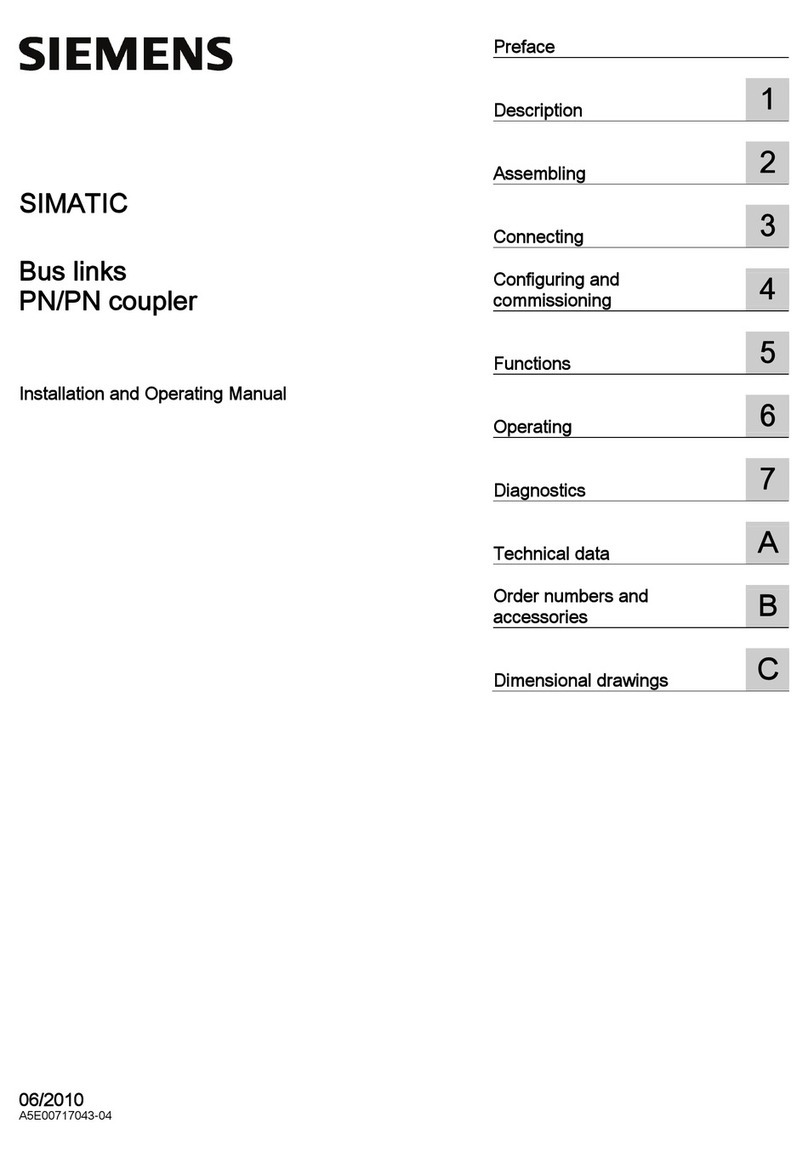
Siemens
Siemens SIMATIC PN User manual
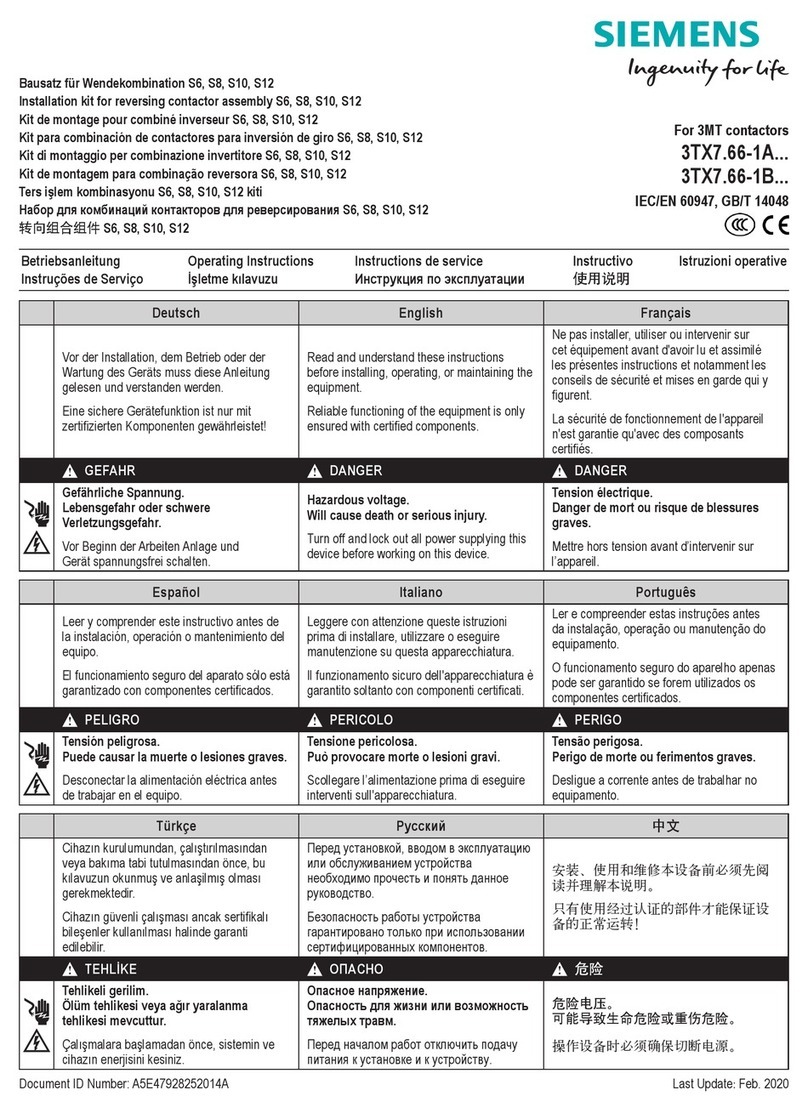
Siemens
Siemens 3TX7466-1A User manual
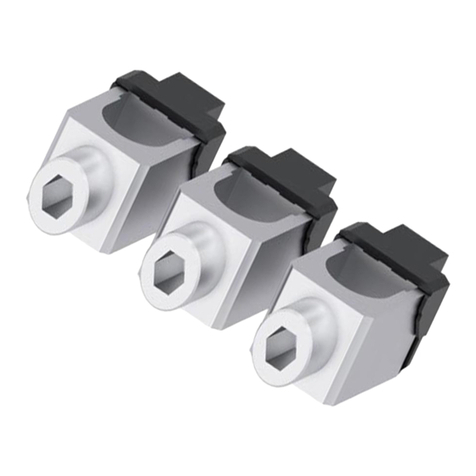
Siemens
Siemens 3VA9 7 0JA1 Series User manual
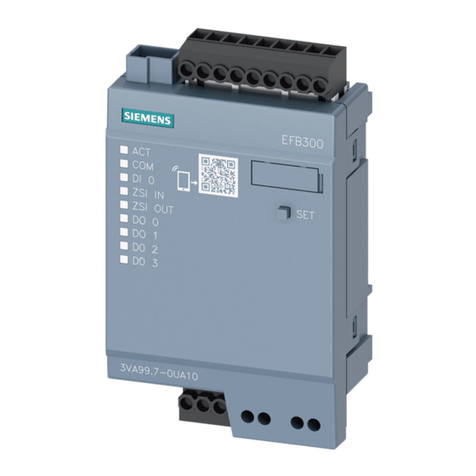
Siemens
Siemens 3VA9977-0UA10 User manual
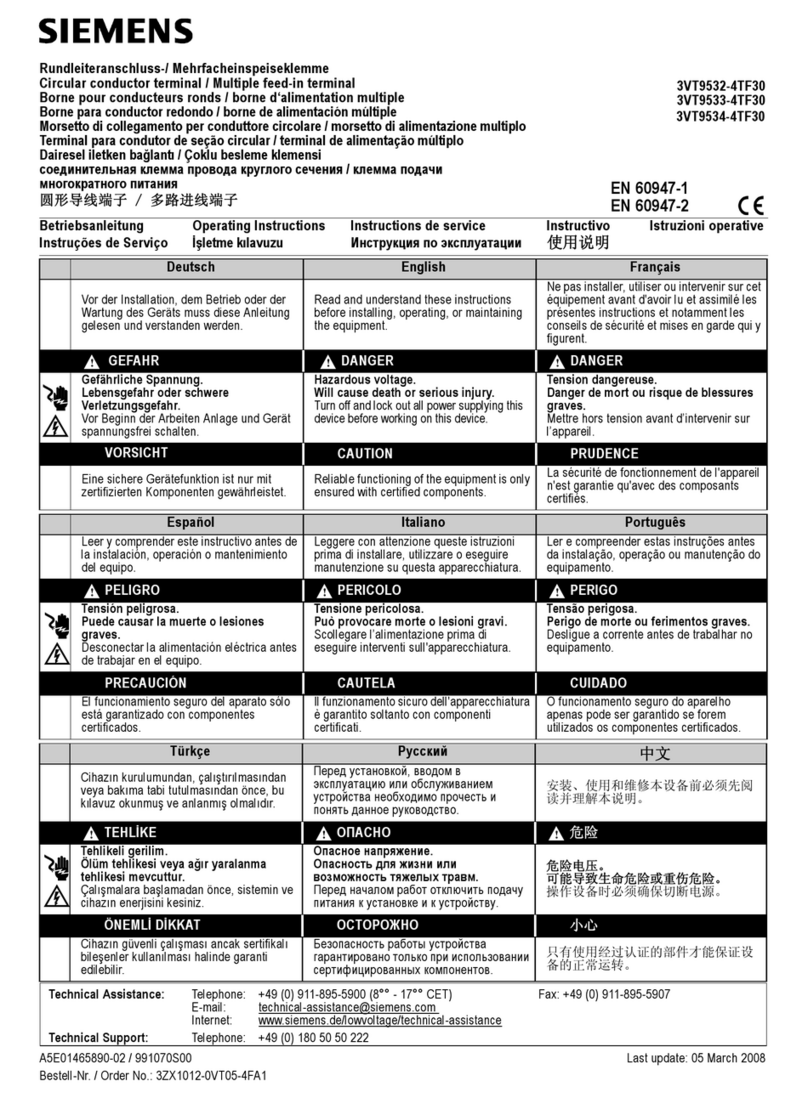
Siemens
Siemens 3VT9532-4TF30 User manual
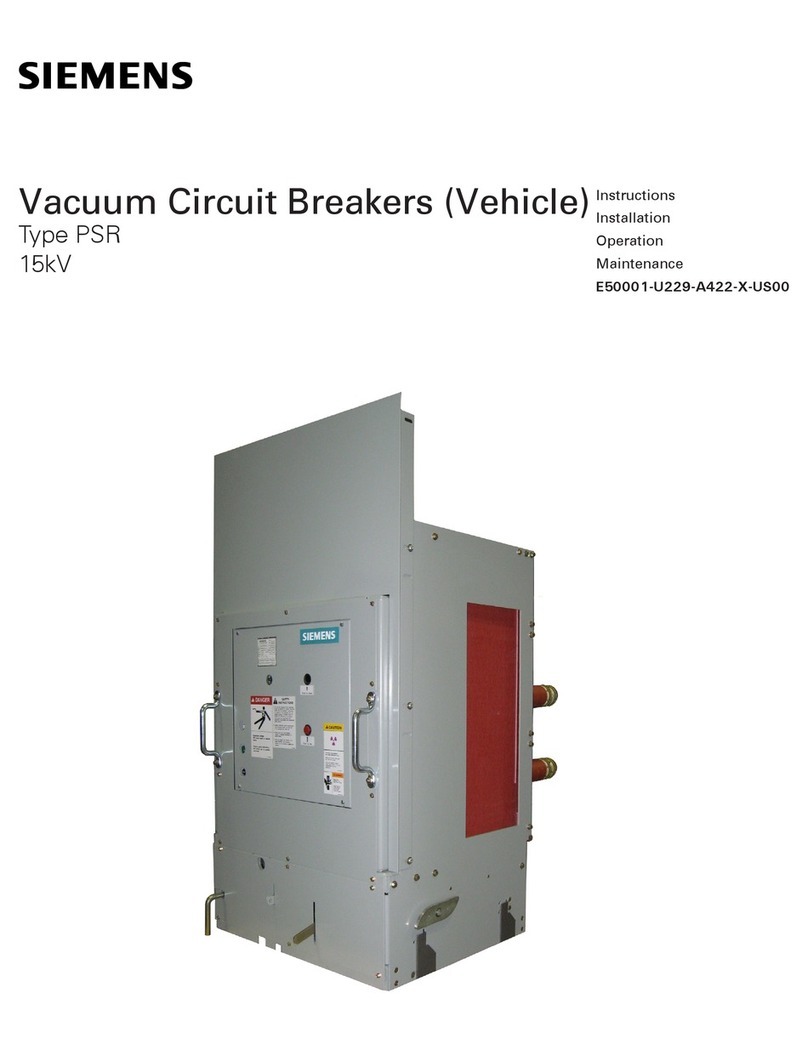
Siemens
Siemens PSR Programming manual

Siemens
Siemens H3RV1721 User manual

